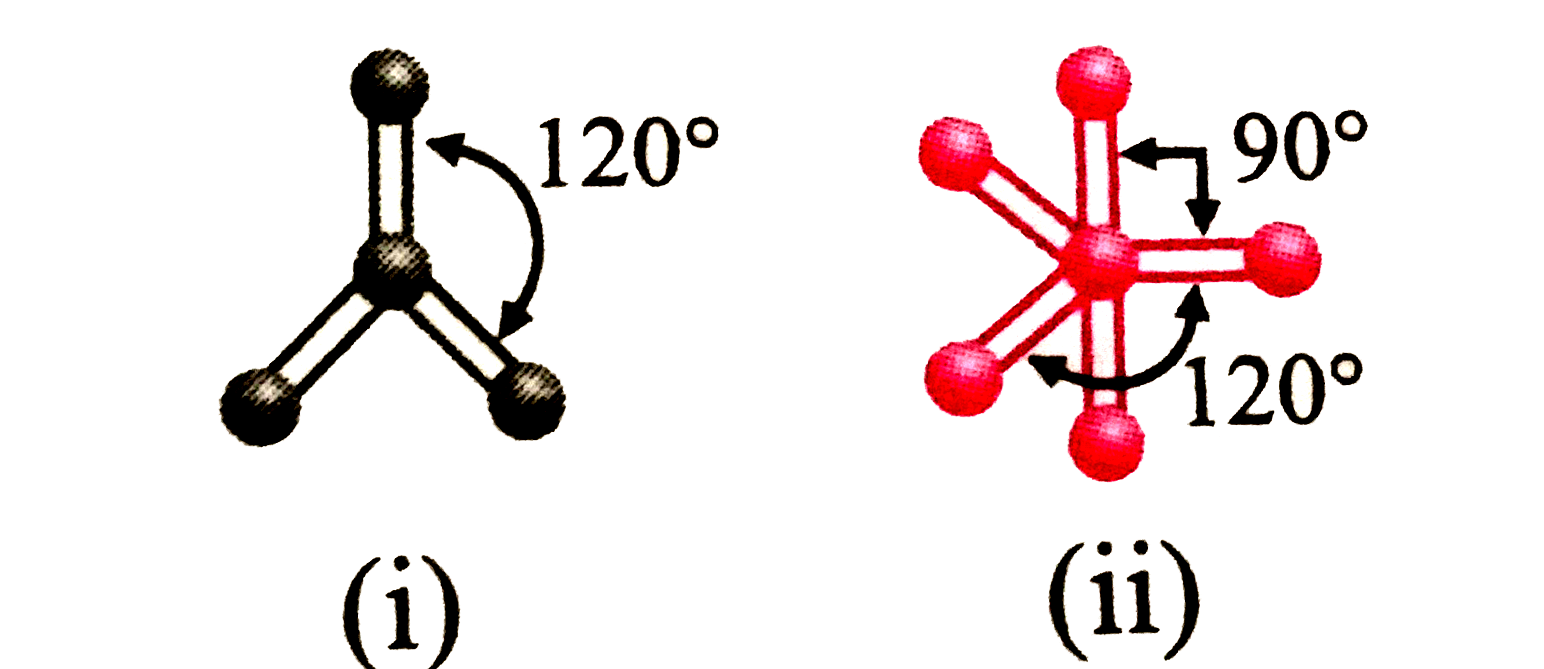Describe Watson and Crick model of DNA.
(##BCEP_APX_BIO_XII_C06_E02_026_Q01.png" width="80%">
Text Solution
Salient features of Double-helix structure of DNA as given by Watson & Crick.
(i) Double helix made of two polynucleotide chains.
(ii) Sugar and phosphate form backbone and N-base project inside.
(iii) The two chains are antiparallel with one chain has the polarity of 5. 3., the other has 3. 5..
(iv) Presence of double bydrogen bonds between A = T, and triple bond between G C: The purine always comes opposite to pyrimidines to create uniform distance.
(v) Two chains are coiled in a right handled fashion.
(vi) Pitch (one tarn) of helix is 3.4 nm (=34 ) contains 10 bp with 0.34 nm (3.4 ) gap between adjacent bps. (Intia :
(vii) Two chains of DNA are 20 far apart, due to the pairing of purines with pyrimidines. This distance remains constant.
(vii) The plane of one base pair stacks over the other in double helix to confer stability.
|
Topper's Solved these Questions
- MOLECULAR BASIS OF INHERITANCEBOOK - BETTER CHOICE PUBLICATIONCHAPTER - MOLECULAR BASIS OF INHERITANCEEXERCISE - LONG ANSWER TYPE QUESTIONS
8 Videos
- MOLECULAR BASIS OF INHERITANCEBOOK - BETTER CHOICE PUBLICATIONCHAPTER - MOLECULAR BASIS OF INHERITANCEEXERCISE - MOST EXPECTED QUESTIONS
36 Videos
- MOLECULAR BASIS OF INHERITANCEBOOK - BETTER CHOICE PUBLICATIONCHAPTER - MOLECULAR BASIS OF INHERITANCEEXERCISE - MOST EXPECTED QUESTIONS
36 Videos
- MICROBES IN HUMAN WELFAREBOOK - BETTER CHOICE PUBLICATIONCHAPTER - MICROBES IN HUMAN WELFAREEXERCISE - LONG ANSWER TYPE QUESTIONS (MOST EXPECTED QUESTIONS)
2 Videos
- ORGANISMS AND POPULATIONSBOOK - BETTER CHOICE PUBLICATIONCHAPTER - ORGANISMS AND POPULATIONSEXERCISE - LONG ANSWER TYPE QUESTIONS (MOST EXPECTED QUESTIONS)
7 Videos
Similar Questions
Knowledge Check
(##SASA_NJA_OBJ_BIO_V02_C04_E03_039_Q01.png" width="80%">
A(A)(B)(C)(D)iiiiviiiB(A)(B)(C)(D)iviiiiiiC(A)(B)(C)(D)iviiiiiiD(A)(B)(C)(D)iiiiiiviWhich molecule is depicted by the given ball and stick models ?
 A(i)BeCl2,(ii)CH4B(i) BF3,(ii)PCl5C(i)BF4,(ii)CH4D(i)BeCl2,(ii)PCl5
A(i)BeCl2,(ii)CH4B(i) BF3,(ii)PCl5C(i)BF4,(ii)CH4D(i)BeCl2,(ii)PCl5In figure ,PR = ?
(##CEN_JEE_MAT_X_C14_E01_032_Q01.png" width="80%">A20 cmB22 cmC24 cmD26 cm
Write IUPAC name :
" "(##U_LIK_SP_CHE_XII_C13_E08_056_Q01.png" width="80%">
View Solutionobserve the following lists :
(##VMC_MAT_WOR_BOK_05_C16_E02_022_Q01.png" width="80%">
View SolutionIn the figure shown
(##AHT_PGT_PHY_C10_E01_006_Q01.png" width="80%">
View SolutionIdentify the parts labelled as A to E in the given figure of a vertabral columm and select the correct option .
(##CEN_BIO_P1_C20_E01_167_Q01.png" width="80%">
View SolutionThe probability distribution of X is
(# #TRG_MAT_MCQ_XII_P2_C08_E02_005_Q01.png" width="80%">
Then P(X is odd)=
View Solution
